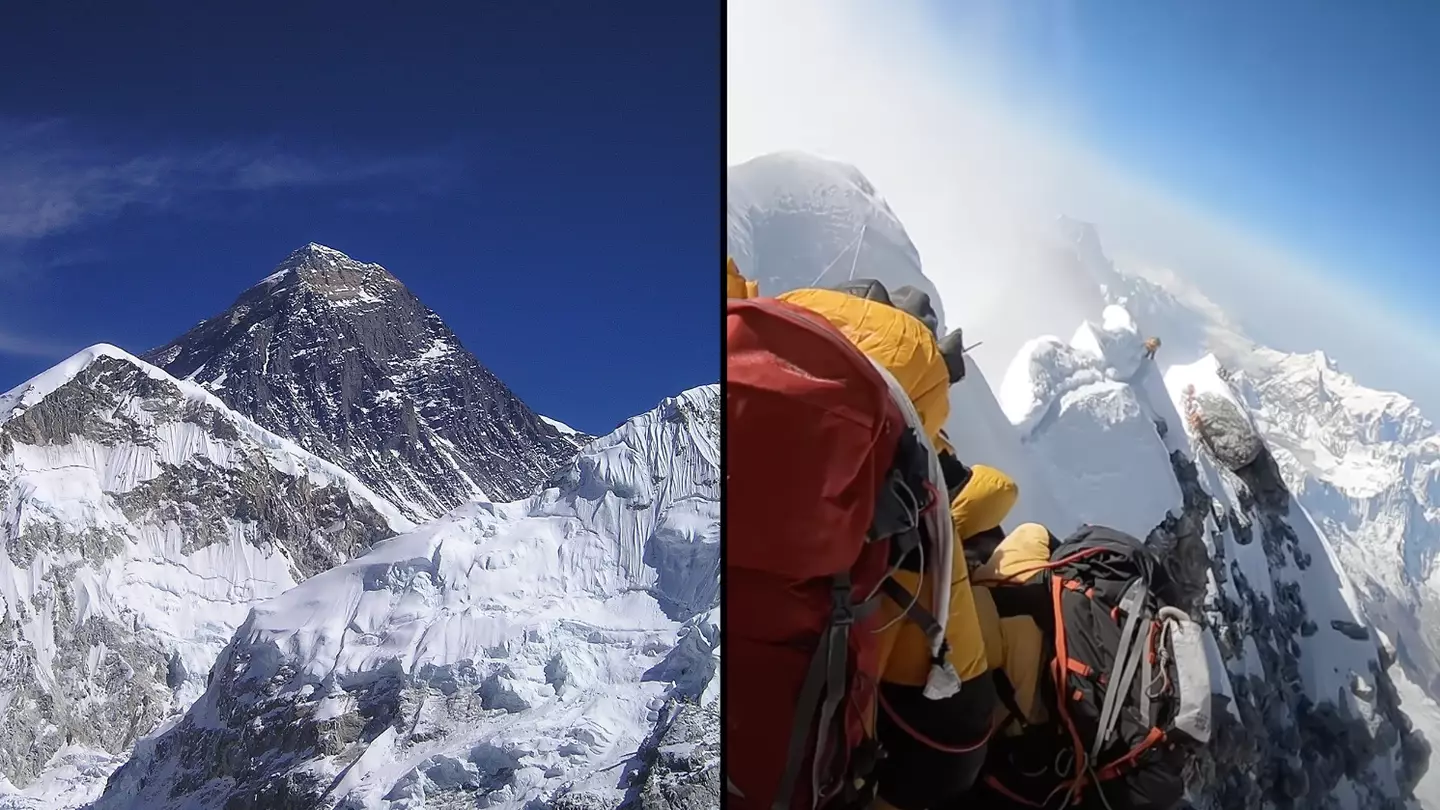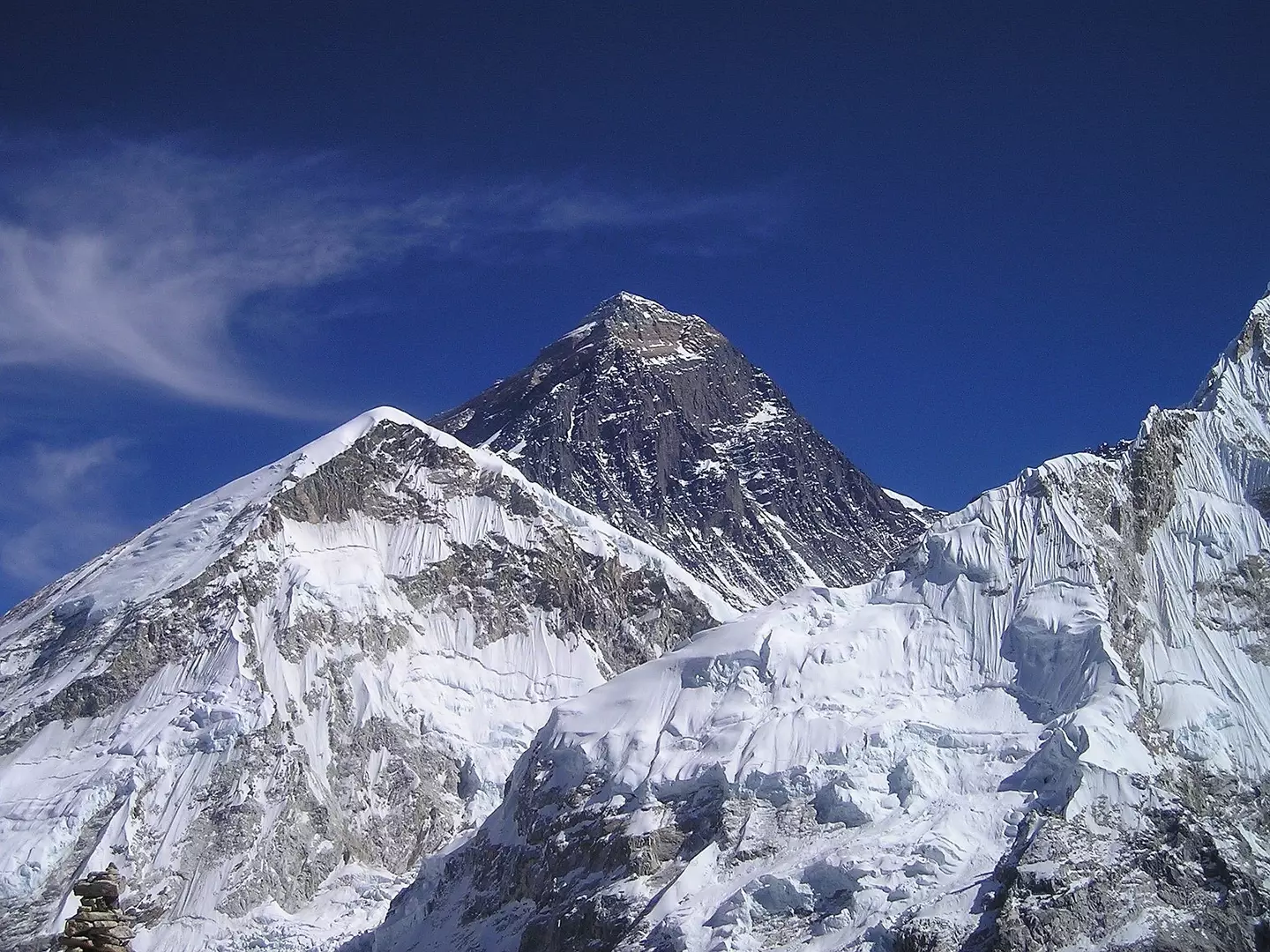
Every year hundreds of people try to climb Mount Everest and of those who have tried to climb to the summit not all have come back down again.
Over 300 people have died attempting to climb Everest and most of their bodies are still scattered across the mountain, left as a stark warning to those who would consider trying to climb the mountain for a bit of fun.
Of course beyond the warning from the bodies is also the sheer expense and danger involved with recovering a body from Everest.
Advert
It costs between $40,000 and $80,000 (£32k to £64k) to recover a body and the people going up the mountain to search for a corpse are putting themselves in grave danger too.
Something that makes Mount Everest so deadly is the chunk of the mountain located above 26,247ft which is known as the 'death zone' where low oxygen levels and high barometric pressure combine to make it incredibly difficult to breathe.

While some climbers die from falls as they attempt to navigate narrow paths at a great height or get swept away in an avalanche, most who perish on Everest die from extreme altitude sickness caused by being so high up.
At such a high altitude a person's brain and lungs are starved of oxygen, impairing their judgment and slowly causing the cells in the body to die.
A person trying to climb Everest and succumbing from this might simply stop in an attempt to rest and never get back up again.
The first thing a person who was going to die on Everest in this way would notice is feeling incredibly exhausted as the lack of oxygen saps the body of what it needs to keep going.
Climbing the world's highest mountain is already difficult enough without every part of your body crying out for more oxygen and consistently not getting it.
Every single step forwards would be an ordeal, while the chilling cold would feel like it was burning your skin, leaving you exhausted and in pain.
.webp)
It's so cold in the 'death zone' that the liquid in your body may actually begin to freeze, with your limbs seizing up in place and further restricting your movement before you die.
Frostbite setting in would then begin to result in parts of your body dying, with the dead tissue still attached to your body.
Your extremities would be the first things to go, with fingers, toes, nose, ears and any other bits of exposed skin turning black as parts of your body die before you do.
Before the end you might start hallucinating, what with the lack of oxygen going to your brain and all the painful sensations of the cold around you resulting in you potentially not even knowing where you are or mistakenly thinking someone is coming to help you.
Even if someone does find you they might not help, as climbers have been known to be so intent on reaching the summit that they've walked past people who were in dire need of aid.
Finally you'll feel incredibly sleepy, and if you fall asleep here you're likely to never wake up again, doomed to be yet another frozen corpse upon Everest to either be discovered by other climbers or never even found at all.
This entire agonising process can take hours or even days, so next time you think about putting 'climb Mount Everest' on your bucket list, you might want to reconsider.
Topics: News, Travel, World News, Mount Everest